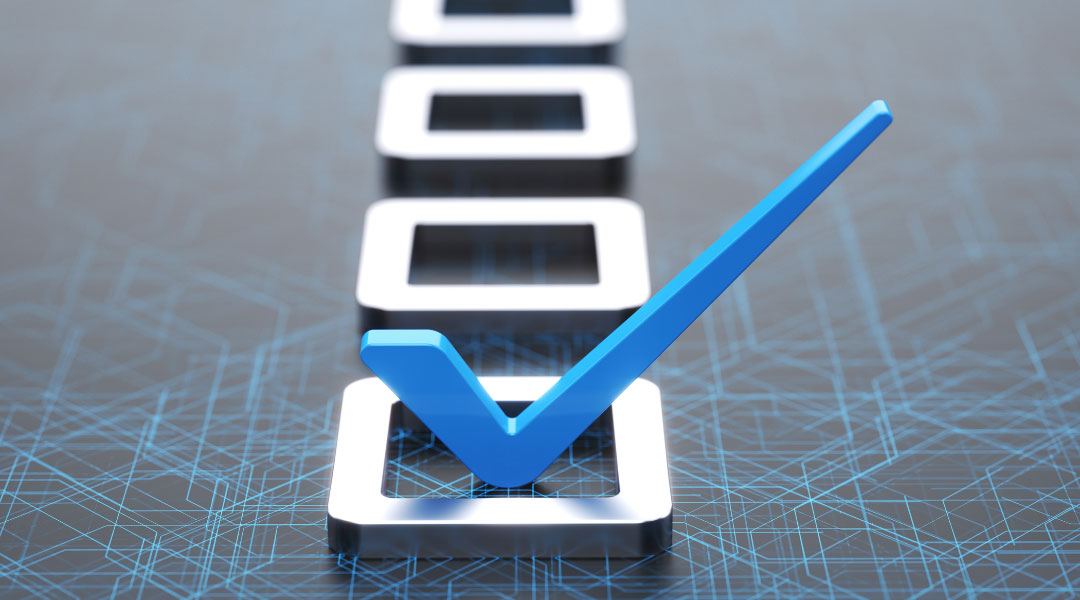
Ah, the password. A necessary evil. If by now, at some point, forgetting or changing your password with the ever-evolving requirements hasn’t caused you to want to throw your laptop out the window… well, you’re a better person than me.
While there are alternatives to a password out there, like Windows Hello and other biometric options, using a password to access corporate accounts and data is still the most common. That being said, here are a few pointers you can take with you for your password policy and practices:
1. Enable Multi-Factor Authentication (MFA)
Unfortunately, passwords can easily be compromised. And if you aren’t following the next few tips below, they’ll be even easier to compromise. Using MFA gives you another layer of security to prevent someone else from logging into your account. Find out more about MFA!
2. Increase the complexity of your password
Admins, you can raise the complexity requirements for passwords, but even end users can just proactively do this. Make your password longer. Make it a phrase, like “miraz0nistheb3st<3”. It’s way less likely to hack or crack.
3. Use a password manager to save passwords
Avoid writing down your passwords on post-its or saving in an excel file. Those methods are very easy for someone to find. There are several well-liked password manager tools out there to help you manage and even securely share passwords where appropriate.
4. Be wary of people asking for your password
Bad actors are always trying to compromise you. Facebook, Microsoft, Google – they won’t be calling or emailing you asking for your password.
There are tons of other methods you and your organization can take to secure your data. Check out our layered security strategy and our security awareness training (SAT).
Otherwise, if you have questions about increasing your cybersecurity posture, give us a shout by calling (502) 240-0404 or emailing info@Mirazon.com!